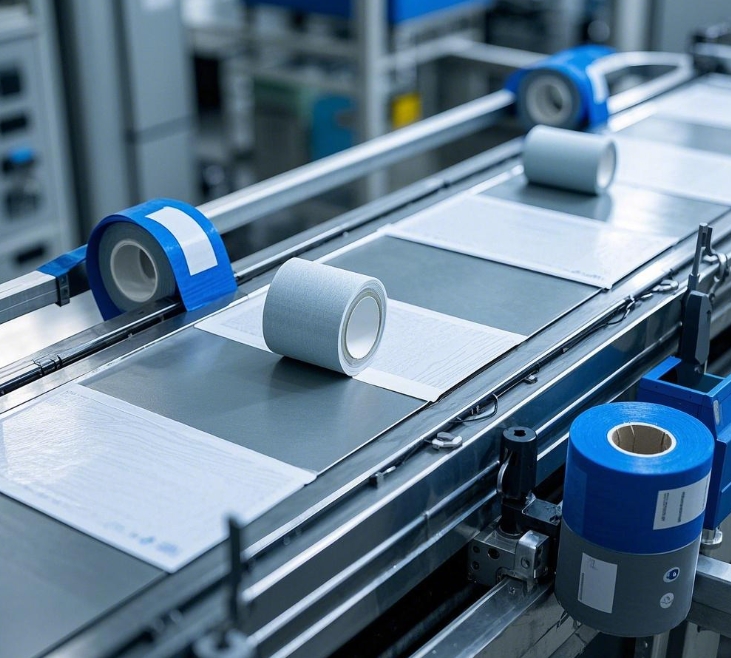



High-temperature tape price decryption: How do order quantity and delivery time "control" your purchasing costs?
Pricing cornerstone: "hard cost" of raw materials and processes
The core cost of high-temperature tapes is driven by materials + technology:
Polyimide film (50%-70% of the cost): significantly affected by fluctuations in the international chemical market. In 2023, its price once soared by 18% due to the shortage of upstream raw material "pyromellitic anhydride", which was directly transmitted to the terminal price of tape.
Special adhesives (20%-30%): For every 100℃ increase in temperature resistance, the cost of glue may double. For example, a 300℃ resistant tape is 40%-60% more expensive than a conventional 200℃ product.
Process complexity: The coating accuracy error needs to be controlled within ±0.005mm for ultra-thin tapes (such as 0.03mm), and the price can be 2-3 times that of ordinary products.

"An imported coating line is worth more than 20 million yuan, but it can reduce energy consumption by 15% and increase the yield rate to 98%." The production director of a leading manufacturer revealed.
Order volume game: the critical point of small order premium vs large order discount
The impact of order size on unit price changes in a step-by-step manner:
Order volume (square meters) Unit price coefficient Cost optimization logic
<500 1.5-2.0 Equipment changeover loss allocation
500-2000 1.2-1.5 Bulk purchase of raw materials discount
>5000 0.8-1.0 Continuous production to reduce energy consumption
A case of an automotive electronics company: When purchasing 2,000 square meters of 250℃ resistant tape, by changing the order volume from "purchase in 4 batches of 500 square meters" to "single 2,000 square meters centralized order", the cost dropped by 22%, saving 86,000 yuan per year.
The cost war of delivery time: expedited fees may eat up 10% of profits
The higher the delivery time requirement, the more amazing the price "surcharge":
Regular delivery time (15-20 days): price baseline, manufacturers schedule production according to plan.
Expedited 7 days: 8%-12% fee added, workers' overtime pay and air freight costs need to be paid.
72 hours express: 15%-20% fee added, may interrupt the production of other orders.

Unspoken rules of the industry: Some manufacturers create expedited demand by "falsely reporting basic delivery time". For example, for orders that can be completed within 10 days, they deliberately promise a 20-day delivery time to induce customers to pay expedited fees.
Breakthrough strategy: Three tricks to break the price fog
Bundled procurement: Jointly purchase products of the same specifications with upstream and downstream companies, and enjoy discounts for large customers in the form of "group orders".
Off-season price lock: Sign a "price guarantee agreement" with manufacturers in Q2 (traditional off-season) every year to lock in preferential prices for 6-12 months.
Supply chain visualization: Access the manufacturer's MES system to view raw material inventory and production schedule in real time, accurately estimate delivery time, and avoid passive expediting.
A photovoltaic company compared the real-time quotes and production capacity data of 6 suppliers through a digital procurement platform, reducing the procurement cost of high-temperature tape by 18% and shortening the delivery time by 30%.
The price of high-temperature tape is essentially the "monetary performance of supply chain efficiency". Purchasers need to break away from the "price comparison thinking" and transform cost control into competitive advantage through data analysis and strategic cooperation. In the era of low profits in manufacturing, whoever can crack the pricing code will hold the "invisible scepter" of the supply chain.




